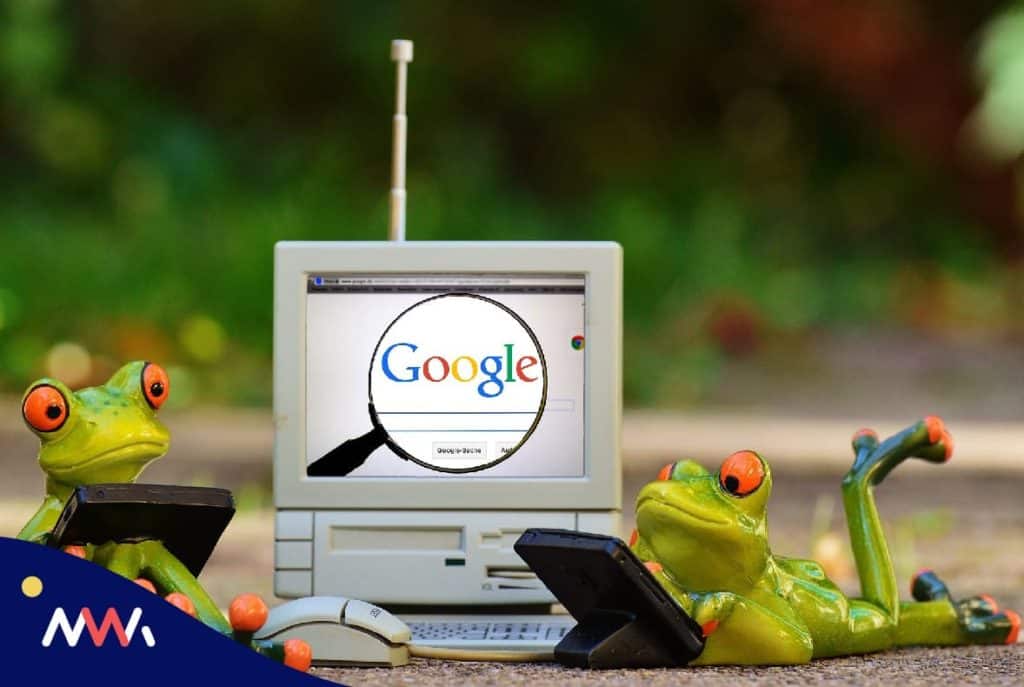SEO is now about much more than just using the right keywords on your pages.
Nowadays, page performance is an increasingly important aspect of SEO as search engines strive to provide the best experience possible to their users. This is where Core Web Vitals come into play.
Core Web Vitals are Google metrics that the search engine giant uses to measure three specific page speed and user experience details. It looks like these metrics will become increasingly important factors in defining a page’s Google search ranking.
These three Core Web Vitals are:
- Largest Contentful Paint (LCP)
- First Input Delay (FID)
- Cumulative Layout Shift (CLS)
You can use the Google Search Console web service to improve your performance across all of these key metrics. But first, you need to gain a solid understanding of what each one really means for your website.
1. What is “Largest Contentful Paint”?
Largest Contentful Paint or LCP measures the total workable loading time of a website. Your users are likely to access and browse your website even before it is fully loaded. The LCP metric measures the point during the loading process at which your main content elements are likely to be accessible to your users.
How to improve LCP
Many different aspects may impact your LCP metric. Third-party scripts are often one of the key culprits and may need to be removed to keep your site running as it should. However, this is not the only aspect of your site you can remove to streamline performance. After taking care of third-party scripts, consider larger page elements.
These larger page elements might look great, but they place a lot of strain on your page as it loads. Use an image or video file converter to reduce the overall file size of media elements. Remove larger elements altogether to slim down your page code for fast loading.
Boosting LCP performance may not always mean directly removing coding or page elements. You may also want to use minifying tools to reduce the size and complexity of your Cascading Style Sheets or CSS code. Lazy loading is another great way to improve page efficiency. Deploy lazy loading on larger content elements that don’t need to be displayed straight away so that they only load once the user has taken a particular action, such as clicking a button or filling a form.
If all the above does not work, you may need to upgrade your web hosting package.
2. What is “First Input Delay” (FID)?
First Input Delay or FID measures the user’s experience as they navigate your website. Specifically, it assesses the time between a user’s first action and the page’s response — for example, how much time elapses between the user clicking on a button or link and the page responding with the content the user wants to see.
How to improve FID
When considering how to improve your FID metric, JavaScript needs to be a priority. JavaScript is great for creating interactive elements on your webpage, but too much of this will increase the First Input Delay. Make sure the JavaScript code is streamlined or defer the loading of JS elements.
Browser caching is another useful ally as you attempt to reduce FID. The browser cache accelerates loading times by retaining user preferences and delivering them immediately via the browser. While this won’t help first-time visitors, it will provide a better experience for all returning customers.
Finally, the third-party scripts discussed above also have an impact here. Remove these scripts where possible to get a handle on your FID metric.
3. What is “Cumulative Layout Shift” (CLS)?
The Cumulative Layout Shift or CLS measures content loading times that exceed 500 ms after user input. It is designed to assess how much of the layout is loaded and usable after this 500 ms mark. As mentioned, even if the new page or layout is not fully loaded, there may be usable elements that the viewer can access. CLS measures this level of usability.
How to improve CLS
Size attribute dimensions have a significant impact on CLS. These dimensions govern the size of a media element — a video, an image, a GIF, an infographic, etc. — as it appears on the page. Whenever you upload media to your site, it will carry these dimensions. Using set dimensions for media elements supports more effective loading.
You can also consider where content appears on your page. For example, make sure that ads are deployed in designated areas on your page. Then, ensure that all UI elements that are not immediately required are applied below the fold so that the more urgent messaging and functionality above the fold load swiftly.
Bear these metrics in mind as you tune your webpage
These core metrics are already important to your page’s search ranking, and this is not likely to change any time soon. Keep these performance elements in mind as you craft swift, streamlined pages for your users to enjoy.



